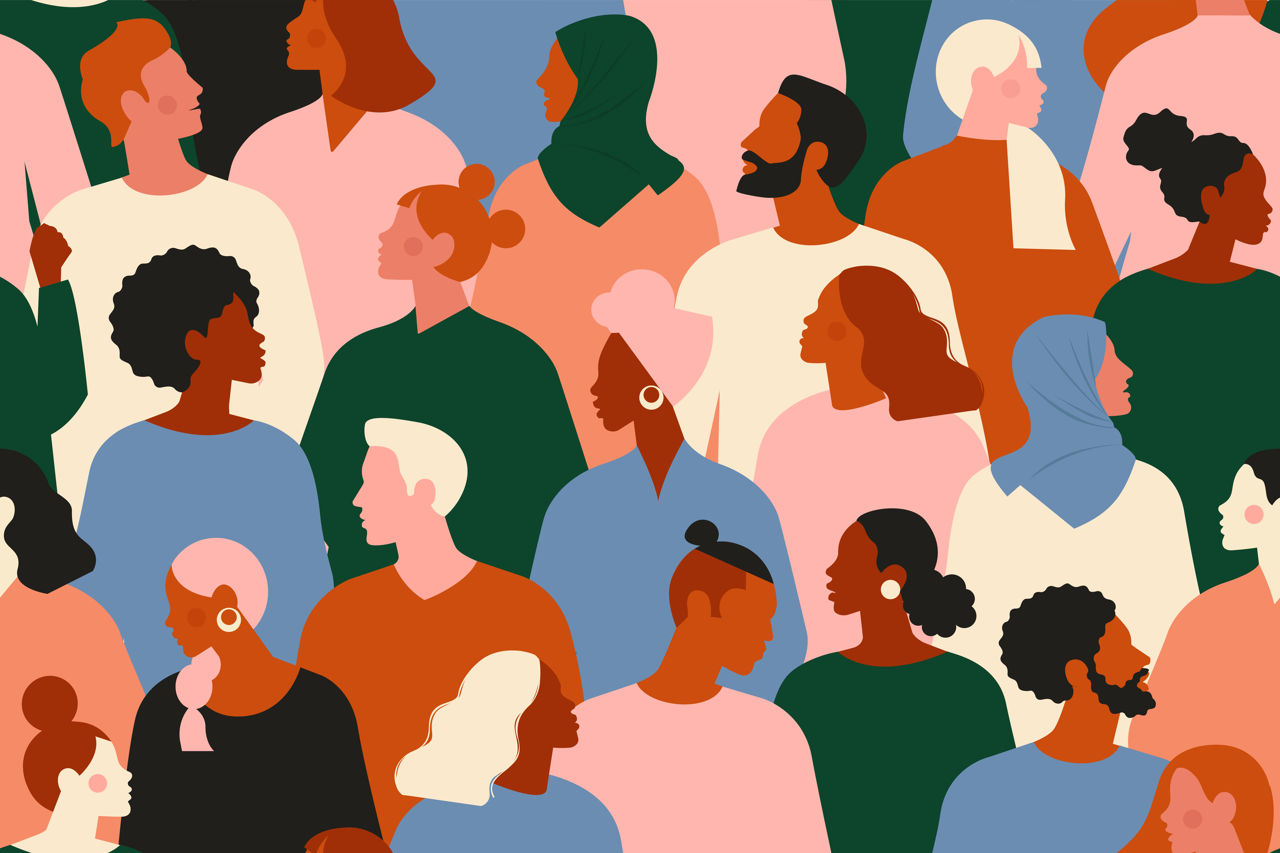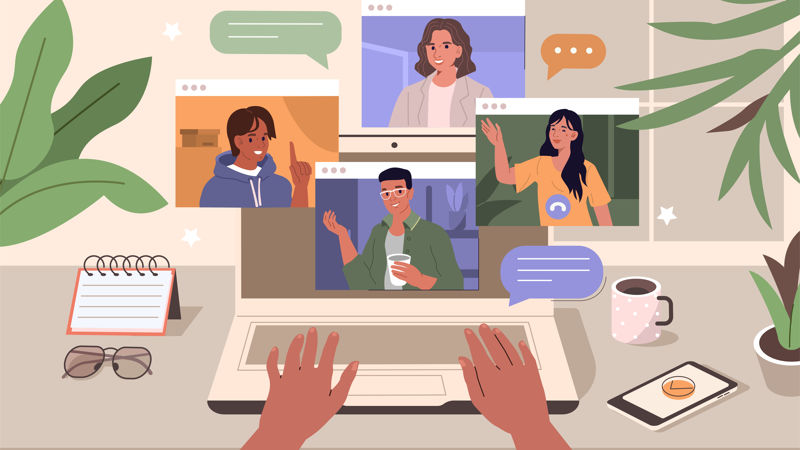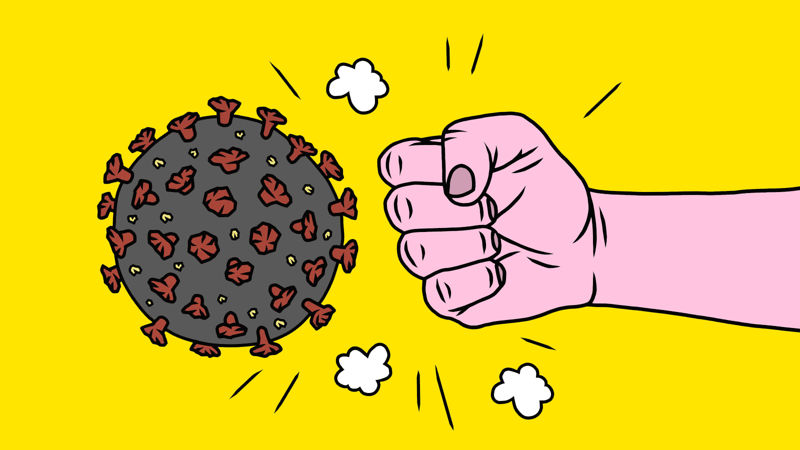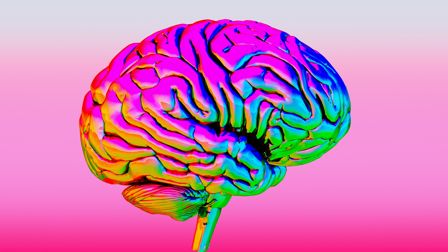The meaning in the mix
As we come to the end of Black History Month in the US, Amani King, Creative Director at Avocados and Coconuts, explains the lessons he learned as a mixed race kid, walking the line between Black and white, and how he has applied those learnings to his life and work.
Everyday snapshots from life as a mixed kid in America:
“You’re not like other Black people… I feel like I can talk normally with you.”
“Is that an Italian name? You don’t look Italian.”
“You’re just an Oreo; white on the inside… you’re not really Black.”
“Where did you say you were from?”
“What are you exactly? Indian?”
Growing up in predominantly white towns, raised by white parents, but with a Tanzanian biological father, my life was all about living in-between.
Growing up in predominantly white towns, raised by white parents, but with a Tanzanian biological father, my life was all about living in-between. Whether in Black circles or white, I was always 'other'.
By elementary school, I had learned to code-switch; when you don’t belong to any one group, you can either live as a loner or choose to adapt. As a result, I became a skillful chameleon, adapting in subtle and not-so-subtle ways, depending on each circumstance. This wasn’t by choice but by necessity. To live with myself, I had to reconcile my whiteness with my Blackness; but it taught me to see both sides of a challenge and translate opposing viewpoints.

Above: 'Betweening' is like when a DJ mixes two distinct tracks to create something harmonious.
To live 'in-between' is to live in the mix. This is what being 'mixed' means to me. Not simply to be of mixed ethnicity but to live with a mixed point of view. To see from multiple perspectives simultaneously. Embracing this viewpoint turned what once felt, for me, like ungrounded weakness into stability and strength, in both my personal life and in my career. We could call this approach betweening.
Betweening is to look at a situation or a problem from the vantage point of two or more different perspectives at the same time. The goal is not simply to give equal air time to these views, it’s to see the potential that comes out of honoring both, and potentially mixing them.
Betweening is to look at a situation or a problem from the vantage point of two or more different perspectives at the same time.
When it comes to creative work, betweening can manifest as juxtaposition, hybridity, mash-ups, remixes, augmented reality, and many other experiences. Consider a DJ mixing two songs from completely different genres, like metal and hip-hop. The seamless mix of matched beats allows the disparate qualities of both tracks to coexist harmoniously. The listener automatically grasps what the tracks share in common, while remaining undeniably unique on their own. The mix creates an entirely new sound with an altered meaning. It expands the listener’s experience with new ways of seeing and hearing the original tracks and their genre.
In order to do this effectively, you need to have a stake in both perspectives, and an authentic relationship with each. This is not always possible as an individual but you can enlist the help of others who do have a stake in alternative views. In this way, betweening can be a great frame through which to see the value of diversity.

Above: Embracing diversity means embracing - and benefiting from - a rich field of perspectives.
Oftentimes, calls for diversity are viewed simply as a scale-balancing exercise, that there needs to be a correction made for historically underrepresented groups in a culture. Fair enough, we can agree that equal representation is a noble pursuit, but the more interesting upside is the rich field of perspectives that diversity fosters, and the likelihood of novel results. Of course, the tension that can exist between different groups or viewpoints can either be a creative or a destructive force depending on how you choose to navigate it.
When tackling a creative project, you might see the value of betweening as a function of the brief, or the demographic of the audience. Historically, the game has often been to make decisions about the things that you don’t have firsthand knowledge of by following assumptions, or relying on research and data. But this will only get you so far, so you need to have other perspectives in the room, people who are empowered to contribute on an equal playing field. While it’s a more difficult task, you’ll yield more interesting results.
We can agree that equal representation is a noble pursuit, but the more interesting upside is the rich field of perspectives that diversity fosters, and the likelihood of novel results.
Betweening requires active listening and some measure of trust. Where you would once step into a community with a camera to capture a person’s story, perhaps it requires giving the camera to your subject and asking them to shoot the images. Instead of writing a script and casting talent with the right look, try finding a writer who has lived the experience you aim to convey, or collaborating with your actor to find a more authentic delivery.
Ultimately, betweening is about recognising that every human being has something unique to offer. When we truly honor this, we can access the greater potential for meaning that can come out of the mix.
)






 Membership
Membership



